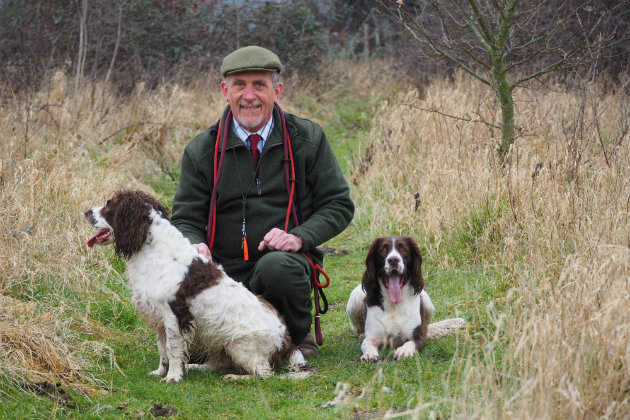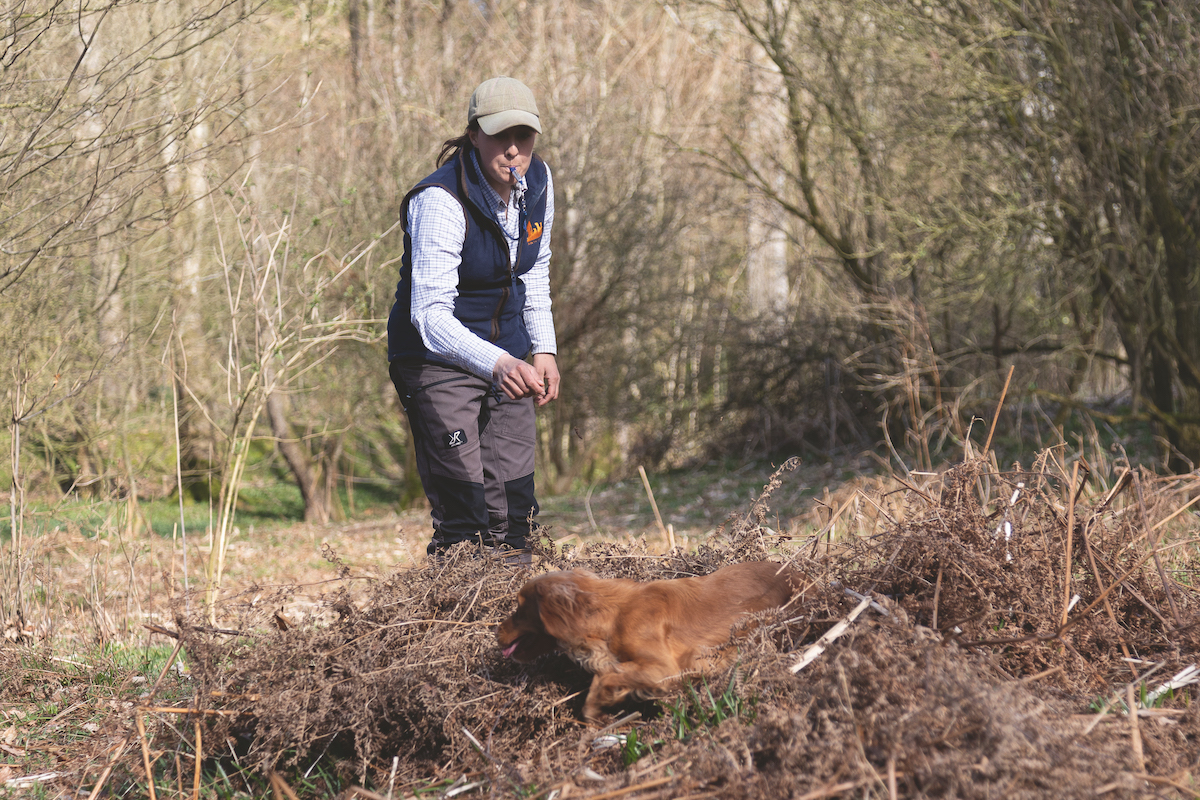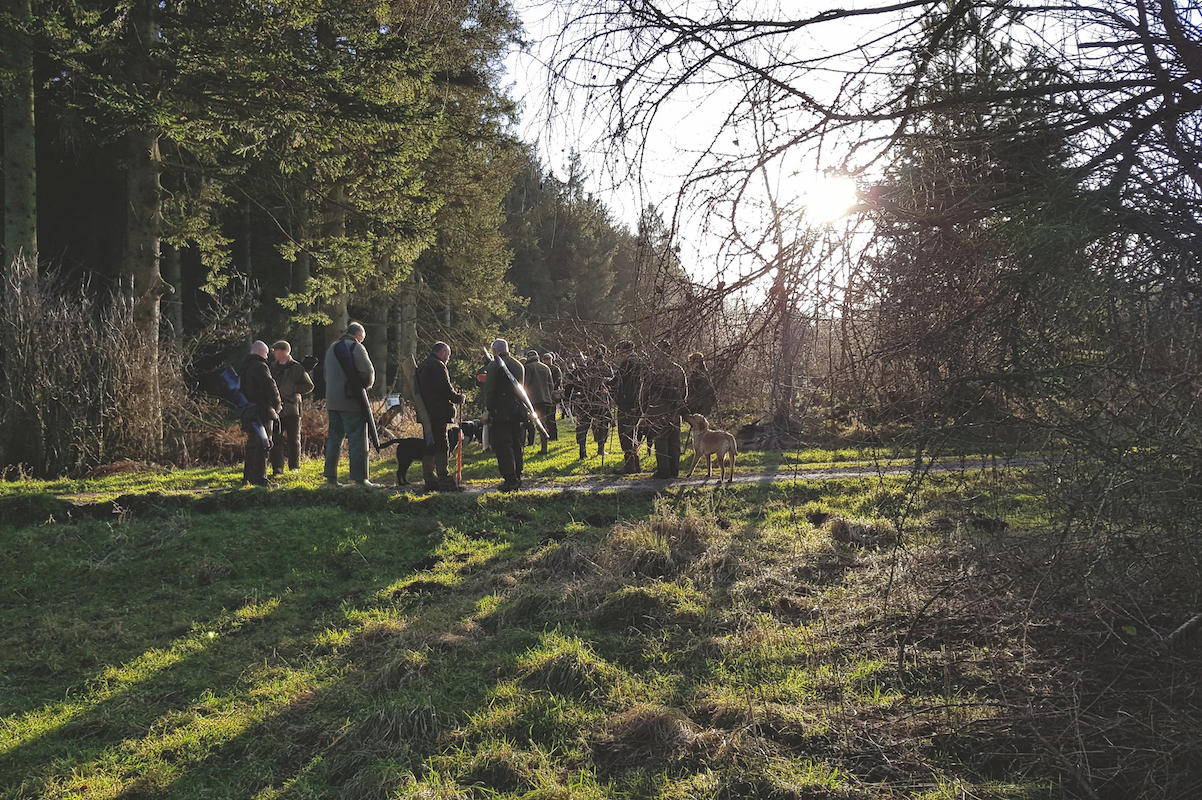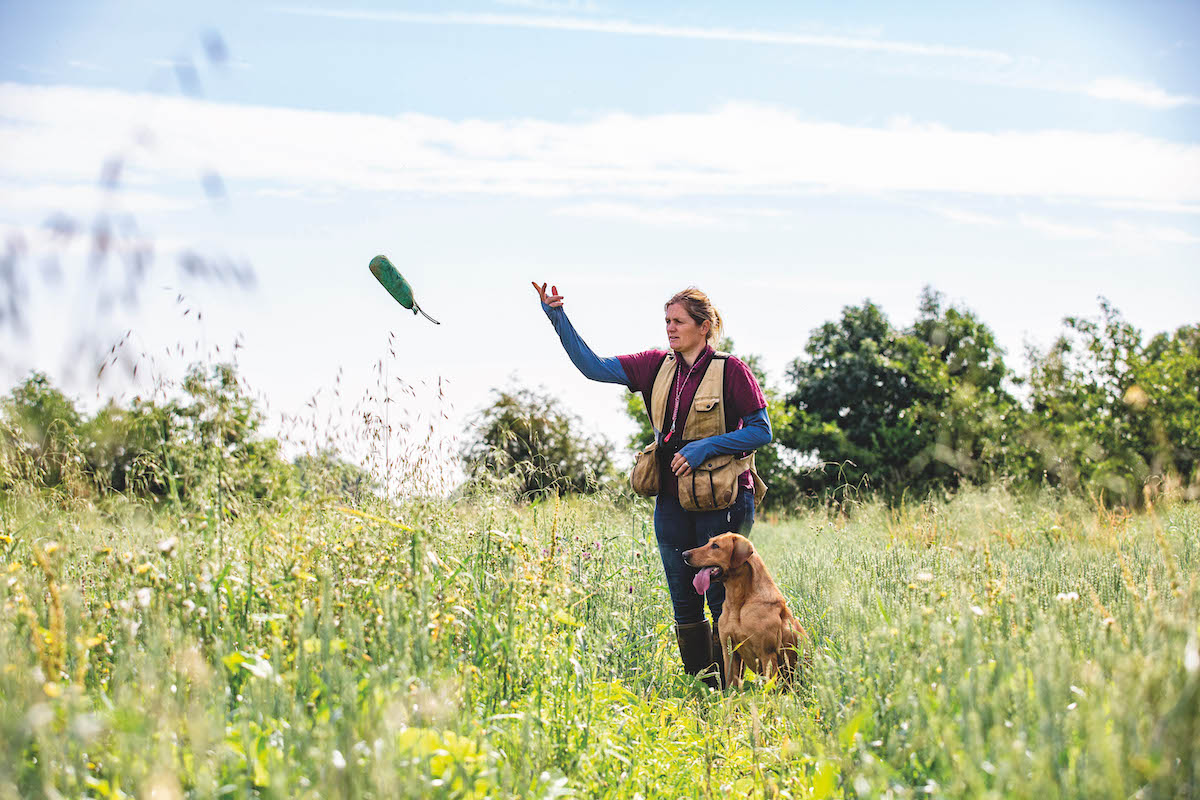Is it really possible to train a rescue springer as a gundog?
Many springer spaniels end up in rescue - can they be shown how to be gundogs?
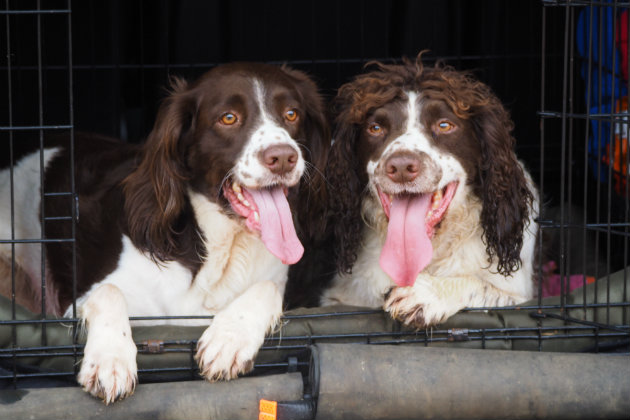
Springer puppies can be challenging to train
We all know that puppies aren’t easy, but if you want a working spaniel, taking on a puppy is probably your best option, as it is rare to find a trained spaniel for sale. But there is an alternative: adopt a rescue dog. A quick check on the internet will reveal a number of organisations that specialise in springer rescue.
I haven’t seen any statistics on which breeds are most often rehomed, but I suspect that springers are near the top. Few puppies are as appealing as a young springer, but many buyers are unaware of what they are taking on. Springer puppies may look cute, but they are among the most energetic of dogs and can be challenging to train. Thus it is hardly surprising that many end up in rescue. My research showed that nearly all the springers available for rehoming are working-bred.
Giving a dog a second chance
One of the great advantages of rehoming a springer is avoiding the destructive days of puppyhood, while there is the great satisfaction of giving a dog a second chance. However, there is the risk of taking on a genuine problem dog. Even if the dog has papers you are unlikely to receive them, ruling out competing with it in any Kennel Club events and almost all rescue dogs are neutered.
Rescue organisations invariably go to great lengths to match dogs to suitable new homes. If you want to rescue a springer, you will have to show that you have both experience and knowledge of the breed, have the financial security to pay for vet bills and are able to give the dog plenty of exercise. Some rehoming organisations are reluctant to see dogs go to working homes, so this is a point worth checking.

Geoff Roy with his rescue dogs Digger and Rags
Digger and Rags – rescue springer spaniels
Over the years I’ve encountered a number of rescue dogs that were excellent workers — one was a former keeper’s dog that was as well trained a spaniel as you could wish for. While most rescue dogs do need training, forget the adage that you can’t teach an old dog new tricks: you can, as reader Geoff Roy demonstrates so well. He has a pair of rescue springer spaniels and emailed me to say how much fun he has had beating with them. I met Geoff and he gave me a demonstration of the spaniels: I was impressed.
Though Geoff does shoot, he wanted the spaniels primarily as beating dogs. The elder of the two is Digger, whom Geoff rescued when he was 13 months — he is now nearly six. “It was quite clear from the start that Digger had been to obedience classes for all the basics, while I suspect that his former owners exercised him with a tennis ball, as he is tennis ball obsessed. I don’t think that he had encountered water as he had to be taught to swim, which he now loves.”

Rags, “the good-looking one” came to Geoff from rescue at six months old completely untrained
Unafraid of any cover
“He will also retrieve fallen game from land or water, but rarely returns it to hand, simply dropping it where I can see it. He does have a soft mouth and will fetch live birds but clearly doesn’t enjoy it. He’s my self-employed dog. Unafraid of any cover, hunts well but ranges too far for most handlers’ liking,” Geoff continues.
“My younger dog, Rags (Ragamuffin), is the good-looking one. He’s now nearly four and a half, and came to me from rescue at six months old. He hadn’t had any training at all when he arrived. Though he loves the water he is reluctant to swim out of his depth. He will readily retrieve dummies or game to hand but has a hard mouth. Live birds are usually killed outright before he brings them back. He is wary of dense cover but will go in when encouraged but less so if he smells nothing. Unlike Digger, he hunts close all the time.
“Both dogs were neutered as a matter of rescue policy and not law. Their previous history was unknown and is more guesswork than fact and I can only go by what I was told at the time of getting them. They both have full tails but have had their dew claws removed by my vet under general anaesthetic.
“They are rough shooting dogs and not suitable for picking-up as they haven’t the patience to sit and wait. Neither is in the least bit gun-shy. Both are obedient and a joy to have around, work well in the field and are good companions in the field and at home.”
Rescue gundogs prove their sporting worth
Most fieldsports enthusiasts heed the advice of acquiring animals from proven working stock, whether they be gundogs, terriers or even ferrets.…
Can you give a rescue dog a home?
There are hundreds of gundogs out there in need of a good home. So instead of buying a pedigree puppy,…
Behavioural issues
Geoff concludes: “My dogs prove that rescue dogs can make competent or even really good working gundogs. It’s all down to their training and their handler. And I don’t believe that the age of the rescue animal is an issue either. Rescue dogs often come with behavioural issues which may take some time to iron out, but that shouldn’t be beyond any competent handler, especially if the dog comes from sound working stock.
“Yes, having two rescue dogs has been quite a learning curve for me, but I’ve had many compliments on my dogs, which fills me with pride considering where they came from and their generally unknown background. If you can, why not give a rescue dog a try?”


